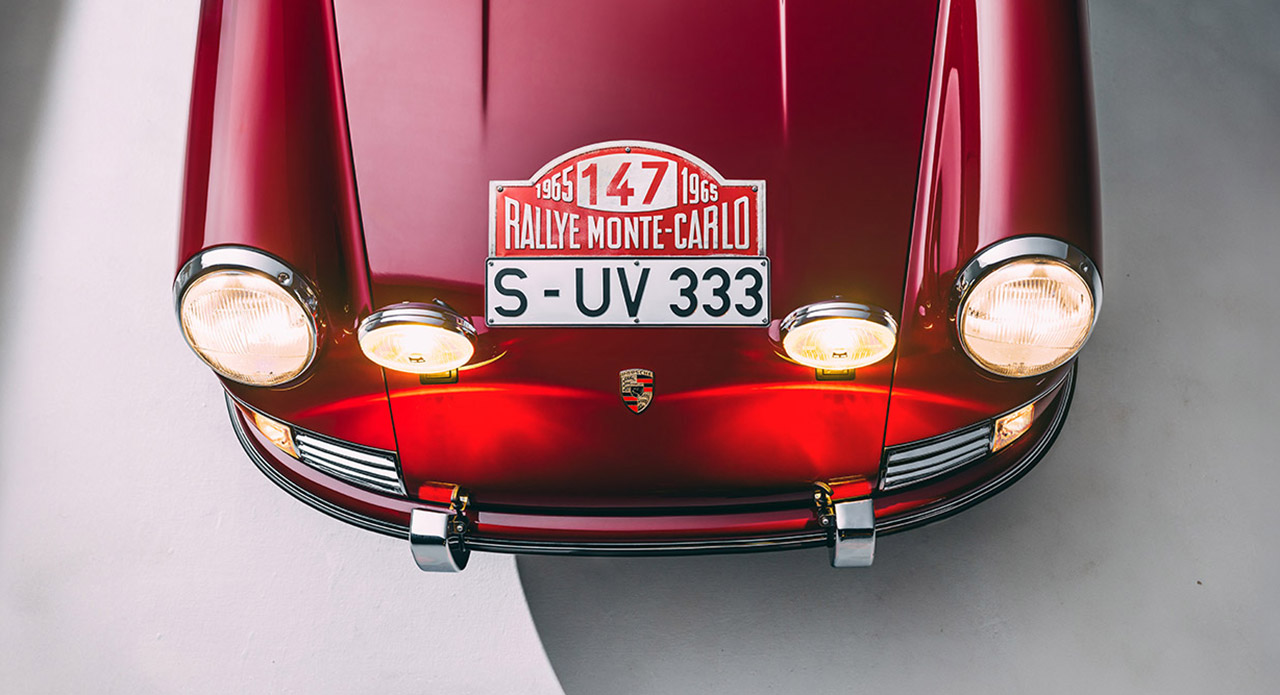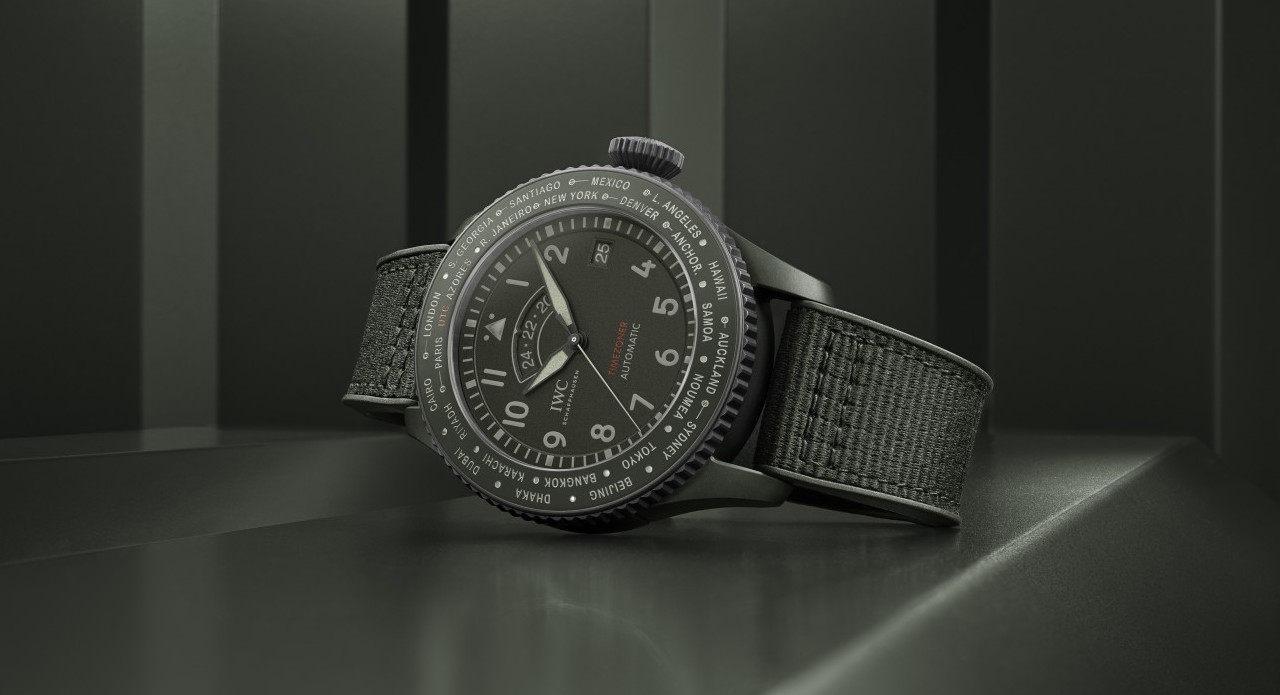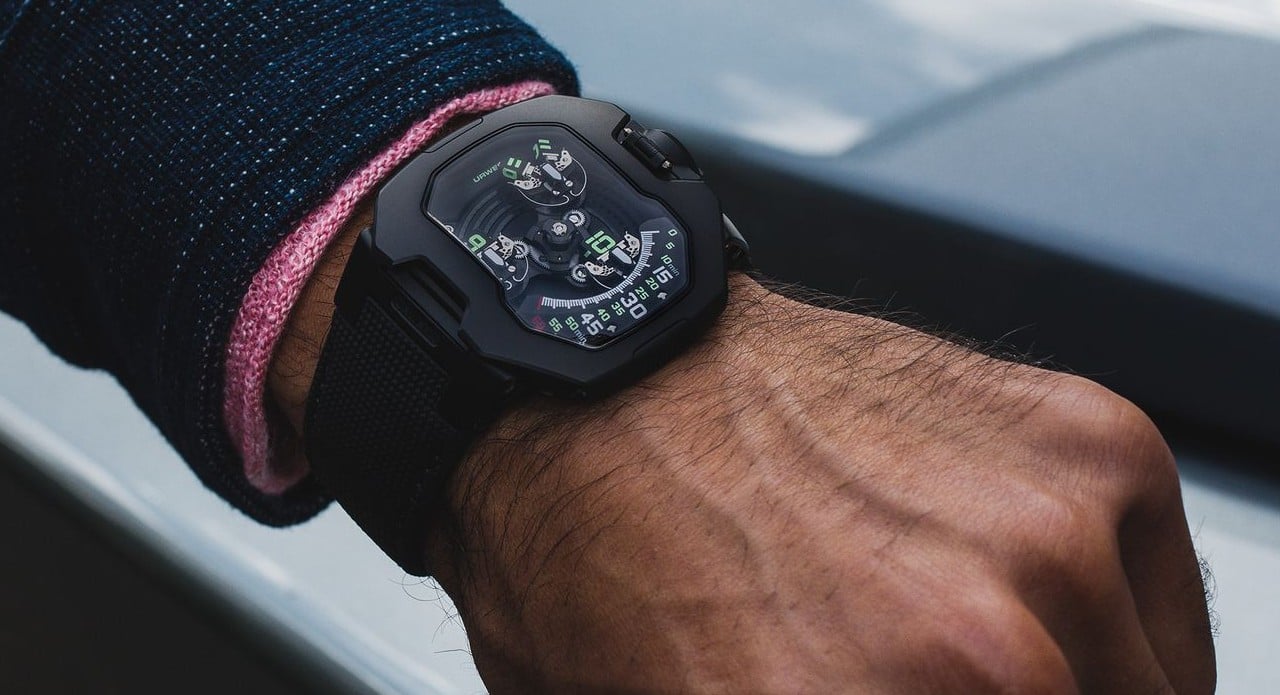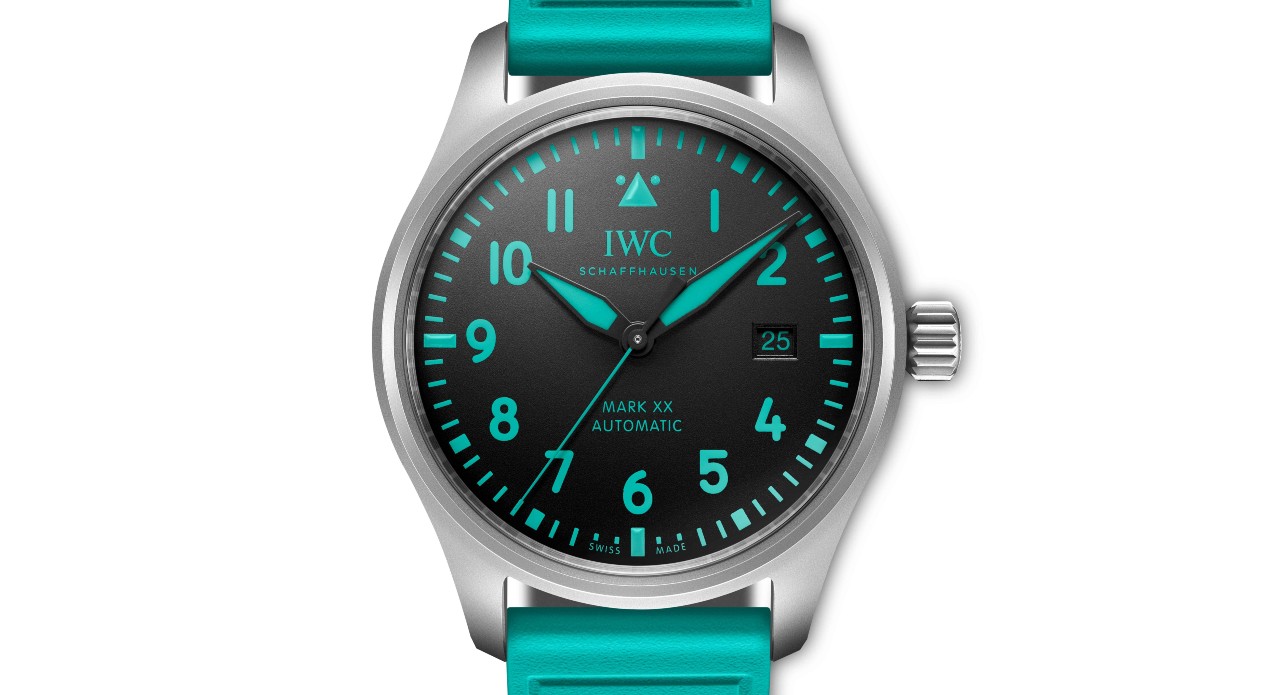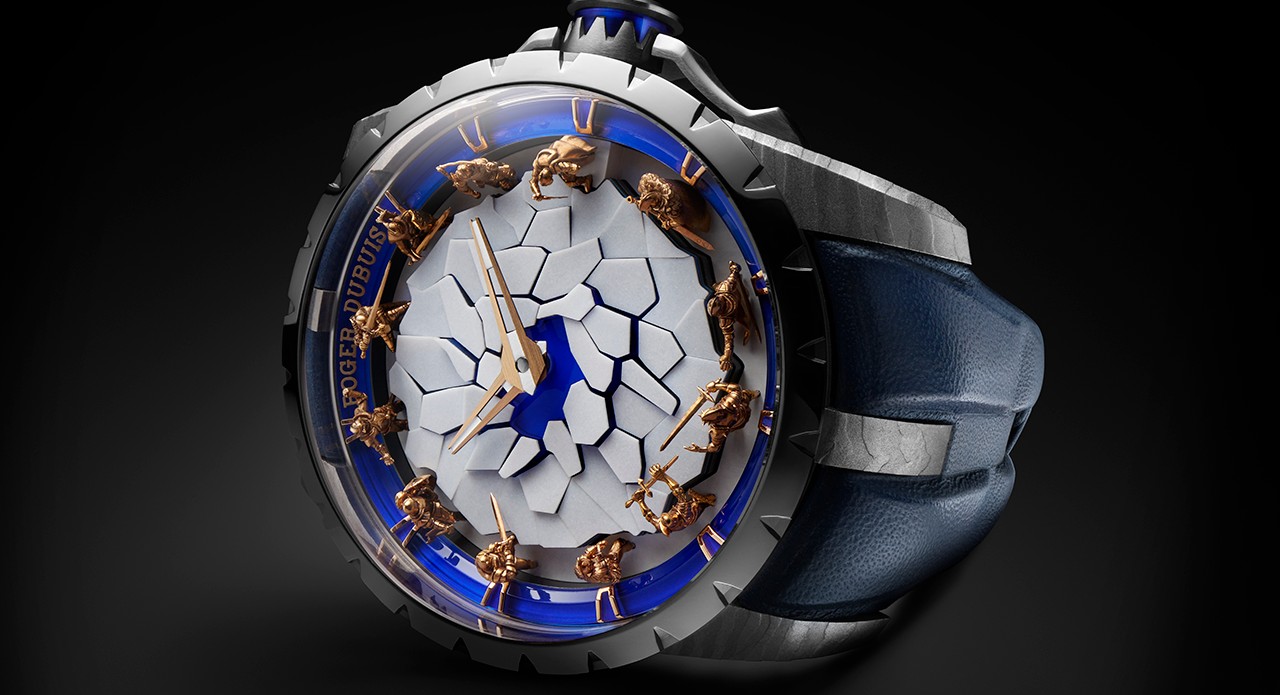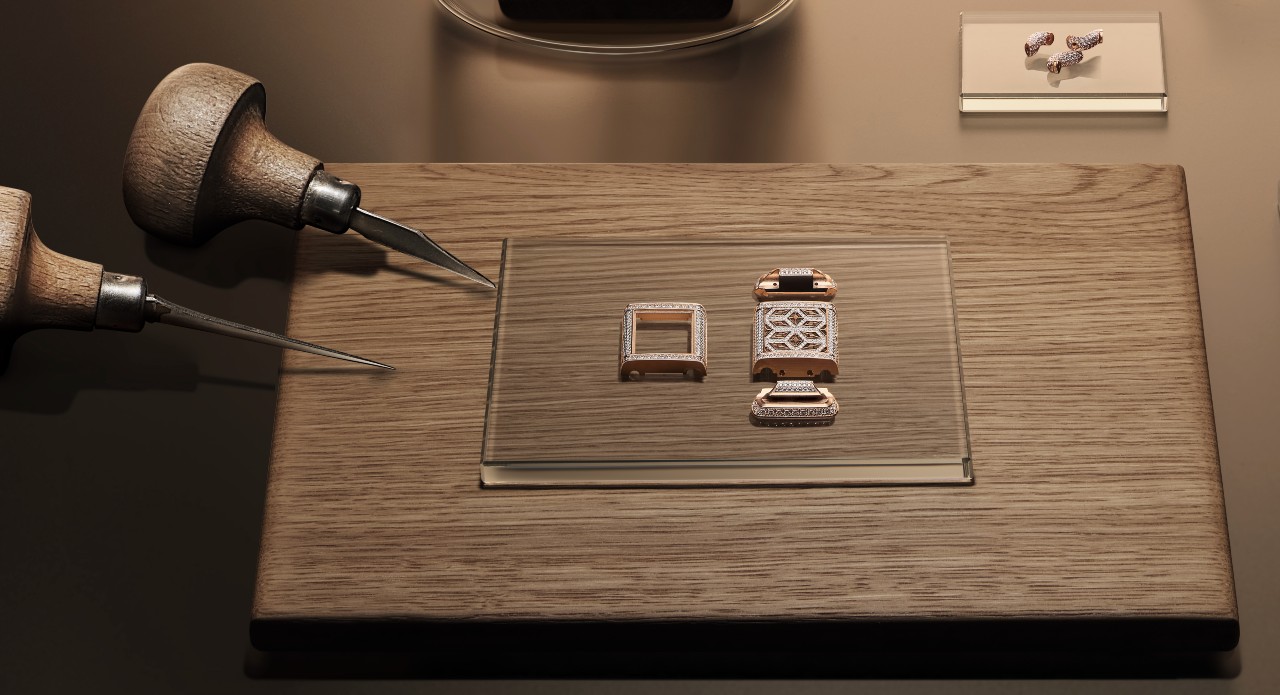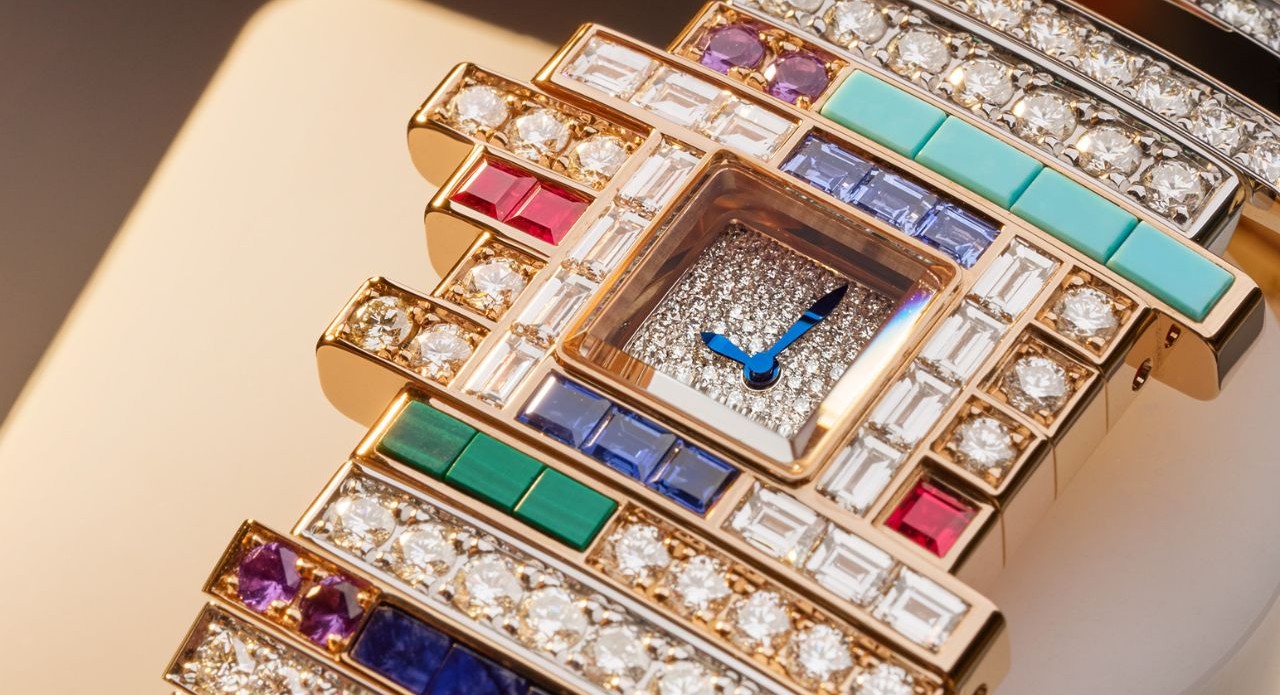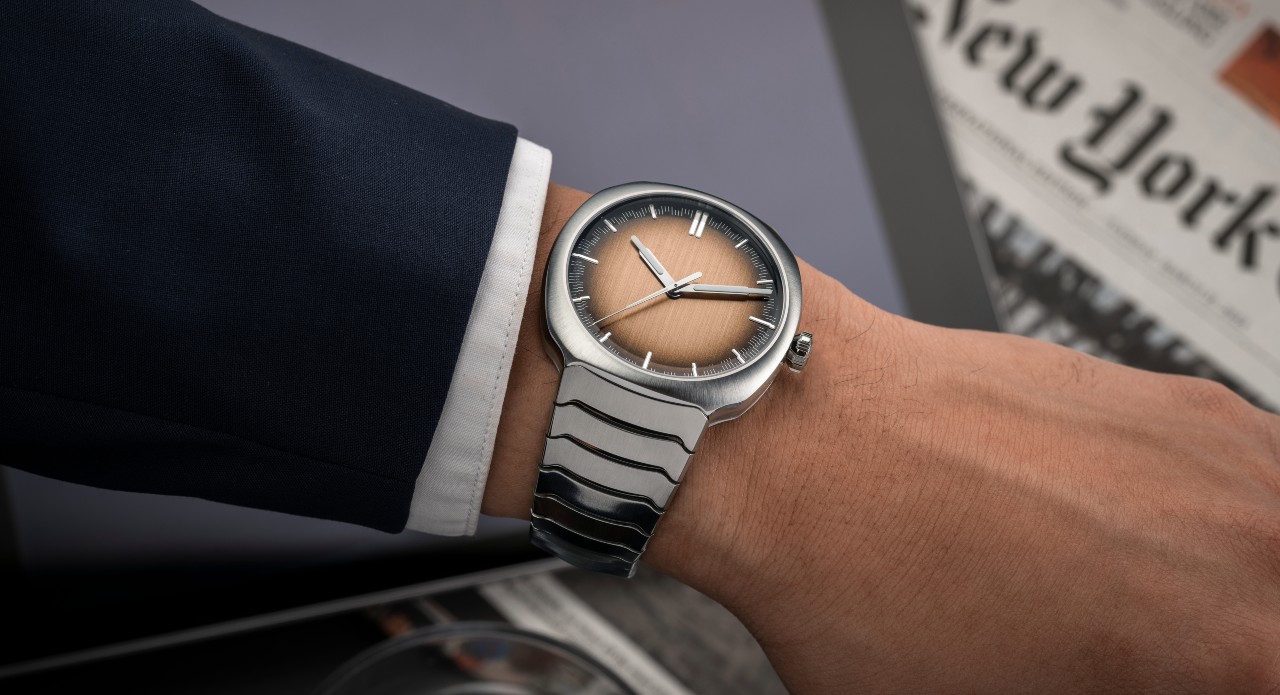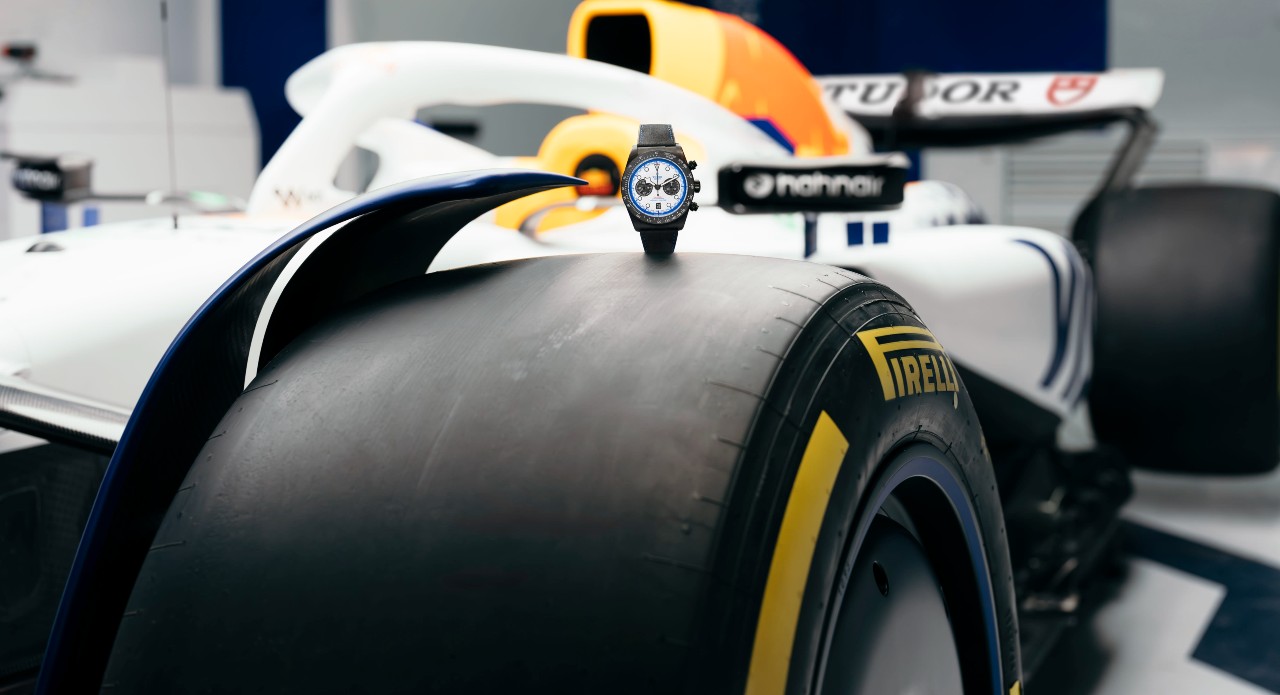If you ever needed proof that destiny occasionally wears racing gloves, look no further than TAG Heuer and Porsche. These two brands have been circling each other for decades—like rival drivers swapping paint on a straight—only to finally slam on the brakes and shake hands in 2021. It’s a bit like watching two turbocharged egos suddenly discover that life is far more exciting when they share the same track. After all, when a watchmaker known for timing the world’s fastest races teams up with a carmaker famous for winning them, you either get brilliance… or a smoking pile of parts. Fortunately, in this case, the result is very much the former.

A Relationship Written In Racing DNA
Long before the official announcement of a global partnership in 2021, TAG Heuer and Porsche were already bound by motorsport destiny. Both companies were born in the pursuit of precision—Heuer in the Jura mountains of Switzerland, building stopwatches for racing timekeepers, and Porsche in Stuttgart, engineering machines meant to dominate circuits around the world. Their stories unfolded on the same racetracks, in the same pit lanes, and often in the hands—or cockpit—of the same drivers. The relationship was inevitable; the only question was what took so long.
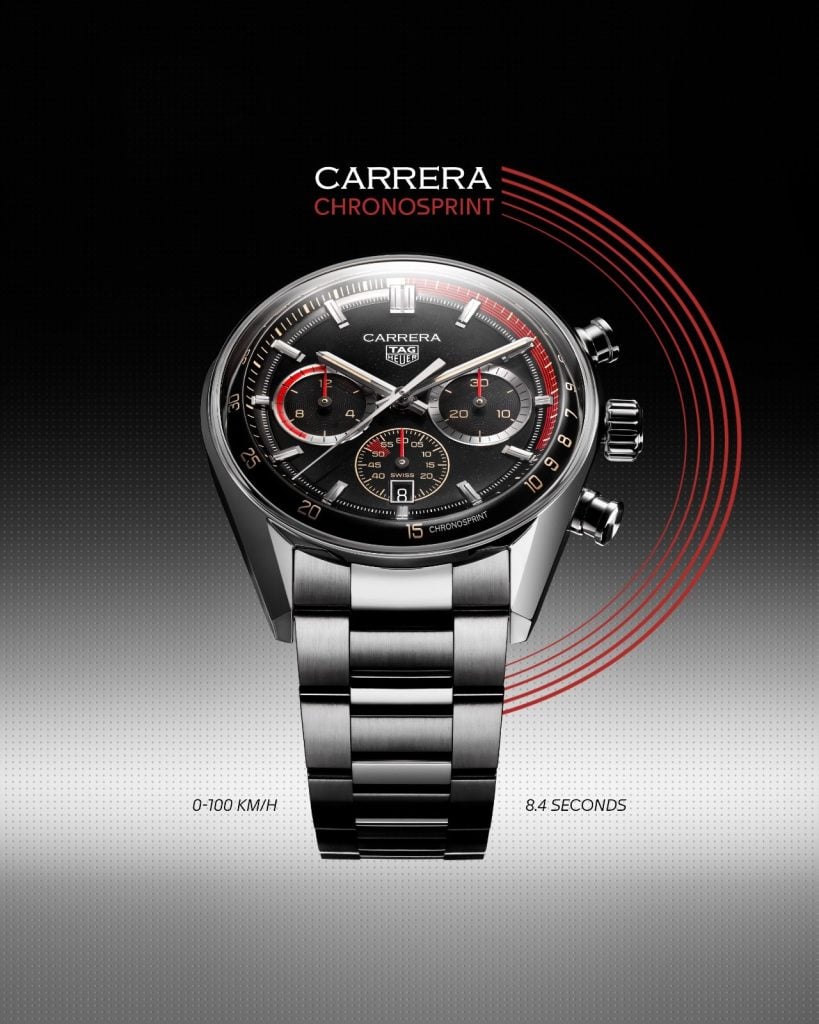
The Carrera: A Shared Icon Before The Partnership
The roots of this unofficial alliance stretch back to the 1960s. In 1963, Jack Heuer introduced the Carrera chronograph, named after the notoriously dangerous Carrera Panamericana road race. At the same time, Porsche’s 911 Carrera line would eventually take on the very same name. It wasn’t a coincidence so much as a shared admiration—both brands drawn to the mythology of endurance racing, speed, and the daring men who attempted to survive it. For decades, “Carrera” became an informal bridge: a watch on the wrist of Porsche drivers, a car badge that echoed through Heuer’s catalogues, and a symbol of mutual respect.
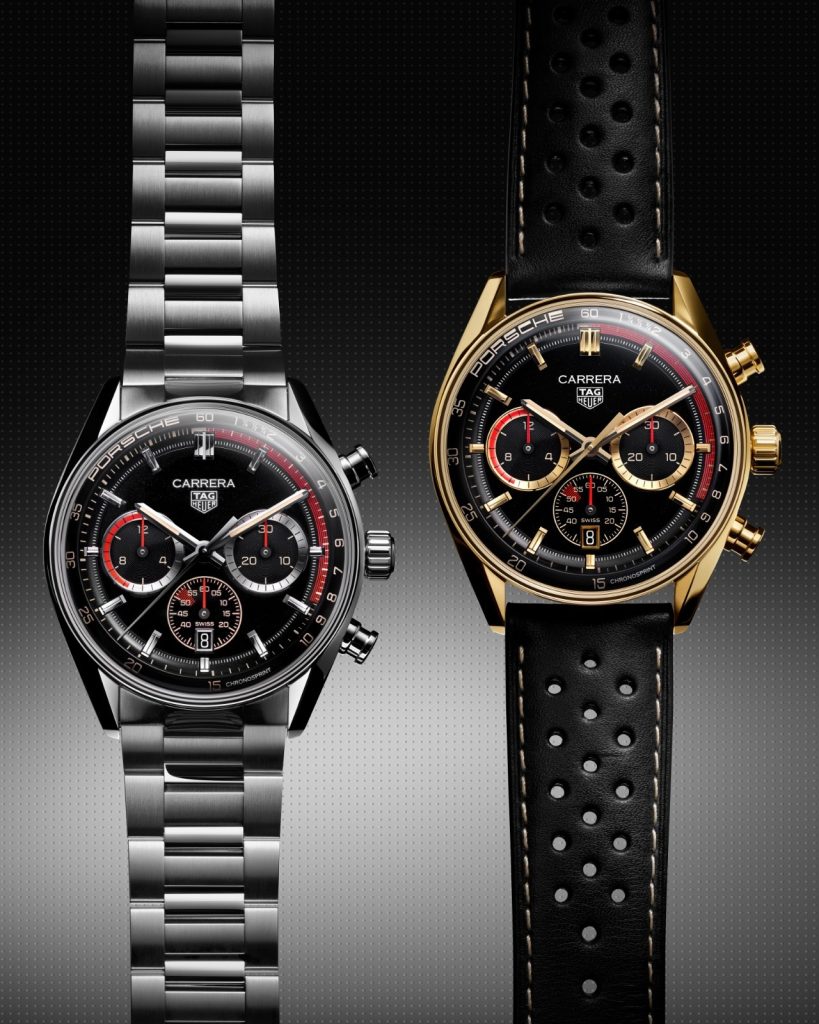
Steve McQueen And The Monaco Legend
No history of TAG Heuer and motorsport is complete without Steve McQueen—and, indirectly, Porsche. During the filming of Le Mans in 1970, McQueen wore a Heuer Monaco while driving a Porsche 917K on track. The Monaco became a pop-culture icon; the 917K became a racing myth. In a single film, watch and car were immortalized together, forever linking the brands in the collective imagination. McQueen, unwittingly, became the patron saint of cool for both.

Racing Teams, Timing Systems, And Parallel Achievements
By the 1980s and 1990s, TAG Heuer had evolved into an official timekeeping powerhouse for Formula 1, while Porsche was dominating endurance races like the 24 Hours of Le Mans. Though not formally collaborating, their achievements ran parallel—Heuer’s timing systems were measuring the very races in which Porsche chased glory. The two brands even crossed paths in F1 through TAG-Porsche engines; the TAG-branded Porsche V6 powered McLaren to three Drivers’ Championships in the mid-1980s. Even then, the partnership wasn’t official, but the synergy was undeniable.
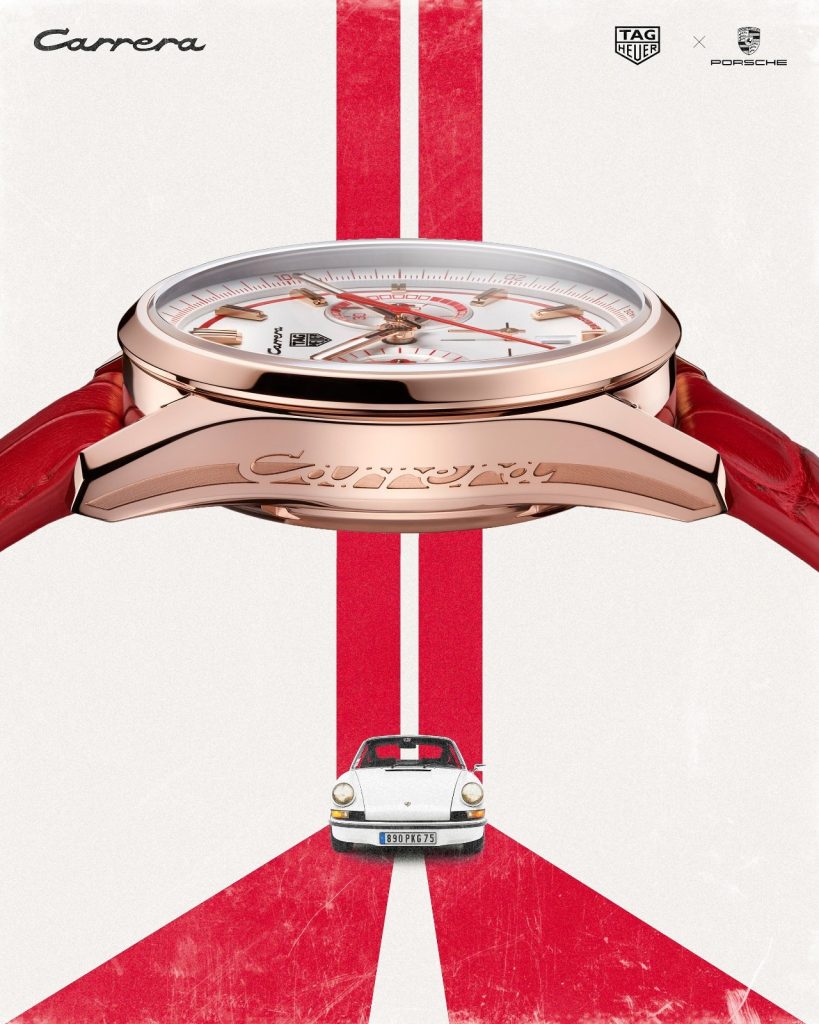
The 2021 Partnership: Two Legends Finally Make It Official
After decades of flirting, TAG Heuer and Porsche unveiled their global partnership in February 2021. The announcement described it as a “natural alliance”—a phrase that almost felt like an understatement. The debut watch, the TAG Heuer Carrera Porsche Chronograph, was a merging of identities: asphalt-textured dial, Porsche-inspired typography, and the Carrera chronograph that had long symbolized their shared heritage. The partnership also expanded beyond watches into motorsport sponsorships: Formula E with the TAG Heuer Porsche team, Porsche’s GT racing programs, and various brand experiences. It wasn’t just a licensing agreement; it was a deep integration of culture, engineering values, and storytelling.
